In recent years, the construction and interior design industries have witnessed a growing trend towards the use of thin tiles, particularly porcelain tiles, for stacking applications. These tiles, often ranging from 3mm to 7mm in thickness, have revolutionized the way spaces are designed and constructed. Their lightweight nature, combined with exceptional durability and aesthetic versatility, makes them an ideal choice for modern projects. This article delves into the features, advantages, and applications of thin porcelain tiles, providing a comprehensive understanding of their benefits and potential uses.
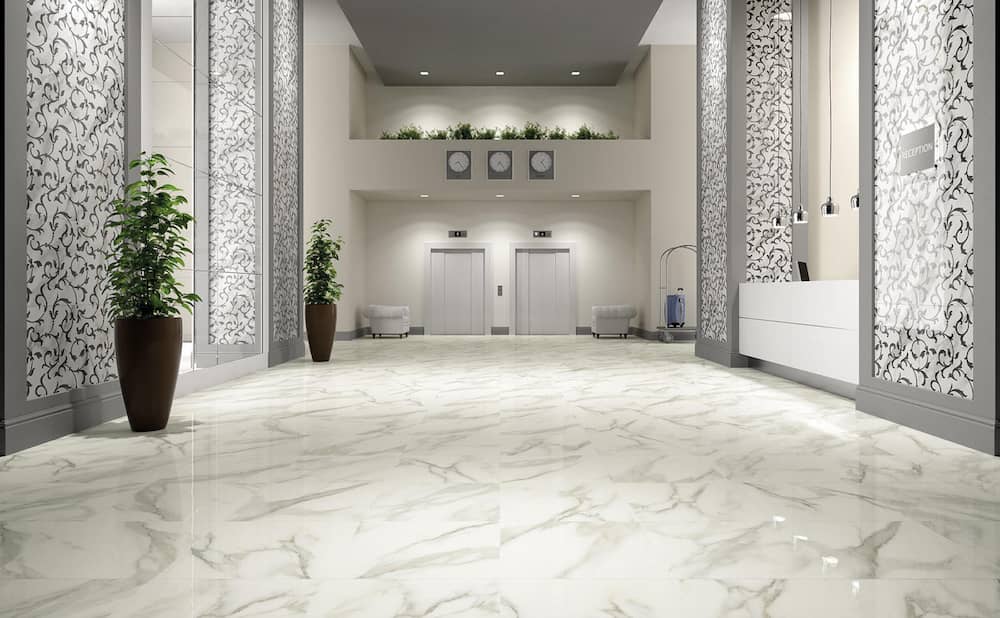
What Are Thin Porcelain Tiles?
Thin porcelain tiles are a modern innovation in the tile industry, characterized by their reduced thickness compared to traditional tiles. Despite their slim profile, they retain the strength, durability, and aesthetic appeal of standard porcelain tiles. These tiles are manufactured using advanced technology, which involves high-pressure compaction and precise firing processes. The result is a lightweight yet robust material that can be used for a variety of applications, including walls, floors, and even furniture.
Key Features of Thin Porcelain Tiles
- Lightweight Nature: Thin porcelain tiles are significantly lighter than traditional tiles, making them easier to handle, transport, and install. This feature is particularly beneficial for large-scale projects and high-rise buildings, where weight reduction is crucial.
- Durability and Strength: Despite their thinness, these tiles are highly durable and resistant to wear, scratches, and impact. They are also less prone to cracking during installation or use.
- Versatility in Design: Thin porcelain tiles are available in a wide range of colors, patterns, and finishes, including marble, stone, wood, and concrete effects. This versatility allows for endless design possibilities.
- Eco-Friendliness: The production of thin porcelain tiles requires less raw material and energy, making them a more sustainable option compared to traditional tiles.
- Ease of Installation: Their lightweight and flexible nature make thin porcelain tiles easier to cut and install, reducing labor costs and installation time.
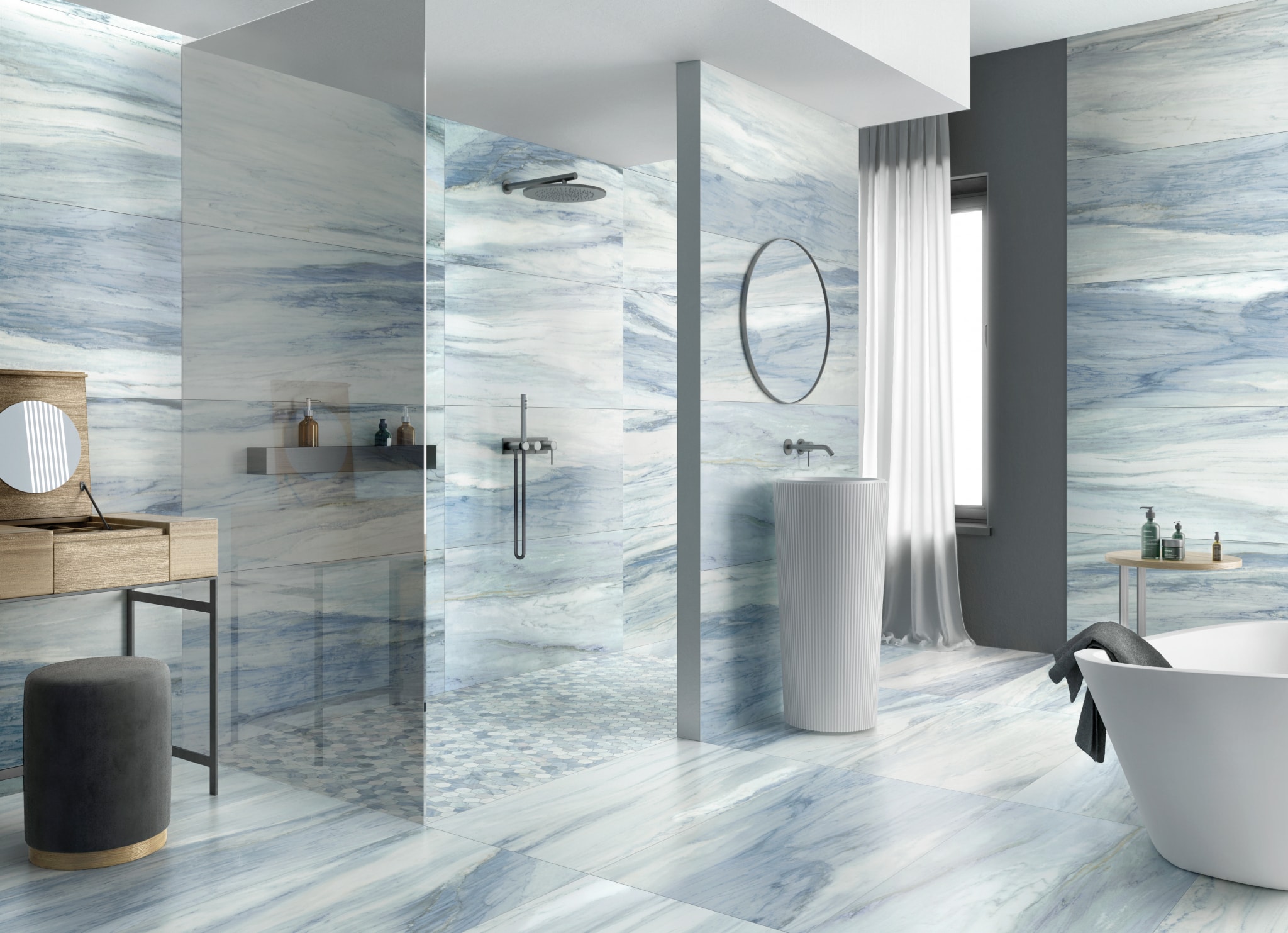
Advantages of Thin Porcelain Tiles for Stacking
- Space Efficiency: Thin tiles are ideal for stacking applications, as they occupy less space while providing the same aesthetic and functional benefits as thicker tiles. This is particularly useful in compact spaces or renovation projects where adding bulk is not desirable.
- Cost-Effectiveness: The reduced weight and material usage translate to lower transportation and installation costs. Additionally, their durability ensures long-term savings on maintenance and replacements.
- Enhanced Design Flexibility: Thin porcelain tiles can be used to create seamless, continuous surfaces, making them perfect for modern, minimalist designs. They can also be stacked vertically or horizontally to create unique patterns and textures.
- Improved Thermal and Acoustic Insulation: When used in stacking applications, thin porcelain tiles can contribute to better thermal and acoustic insulation, enhancing the comfort of indoor spaces.
- Suitability for Various Surfaces: These tiles can be applied to a variety of surfaces, including walls, floors, ceilings, and even furniture, offering unparalleled versatility.
Applications of Thin Porcelain Tiles
- Residential Spaces: Thin porcelain tiles are widely used in homes for kitchen backsplashes, bathroom walls, and flooring. Their lightweight nature makes them ideal for retrofitting older homes without compromising structural integrity.
- Commercial Spaces: In offices, retail stores, and hotels, thin porcelain tiles are used to create sleek, modern interiors. Their durability ensures they can withstand high foot traffic and frequent use.
- Outdoor Applications: Certain thin porcelain tiles are designed for outdoor use, providing weather resistance and slip-resistant surfaces for patios, balconies, and facades.
- Furniture and Decorative Elements: Thin porcelain tiles are increasingly being used to clad furniture, countertops, and decorative panels, adding a touch of elegance and durability to these elements.
Installation and Maintenance
- Installation Process: Thin porcelain tiles can be installed using adhesive systems specifically designed for lightweight tiles. Proper surface preparation and alignment are crucial to ensure a seamless finish.
- Maintenance Tips: These tiles are easy to clean and maintain, requiring only regular wiping with water and mild detergents. Their non-porous surface resists stains and moisture, making them ideal for high-traffic areas.

Environmental Benefits
The production of thin porcelain tiles aligns with sustainable building practices. By using fewer raw materials and reducing energy consumption during manufacturing, these tiles contribute to lower carbon emissions. Additionally, their durability ensures a longer lifespan, reducing the need for frequent replacements and minimizing waste.
Conclusion
Thin porcelain tiles for stacking represent a significant advancement in the tile industry, offering a perfect blend of functionality, aesthetics, and sustainability. Their lightweight nature, combined with exceptional durability and design versatility, makes them an ideal choice for a wide range of applications. Whether for residential, commercial, or outdoor use, thin porcelain tiles provide a cost-effective, eco-friendly, and visually appealing solution. By embracing this innovative material, designers, architects, and homeowners can create spaces that are not only beautiful but also efficient and sustainable.
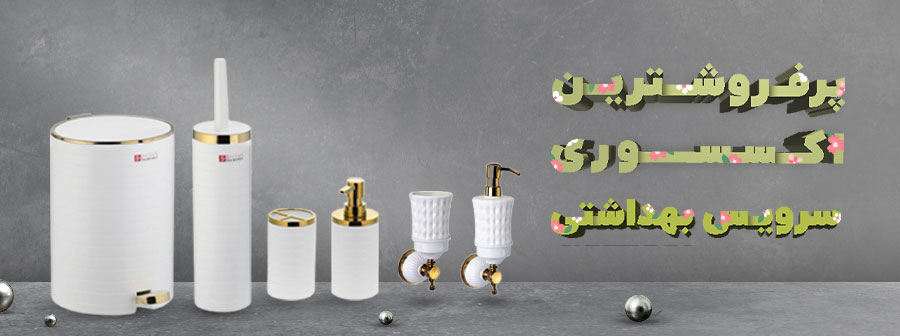
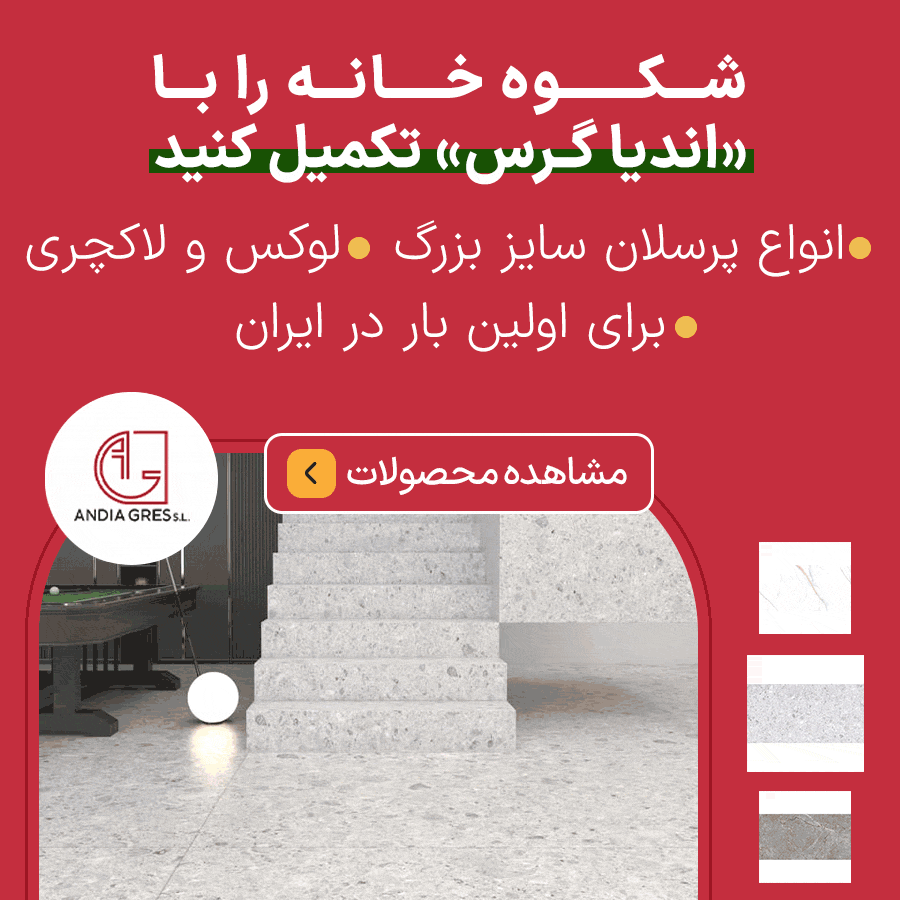
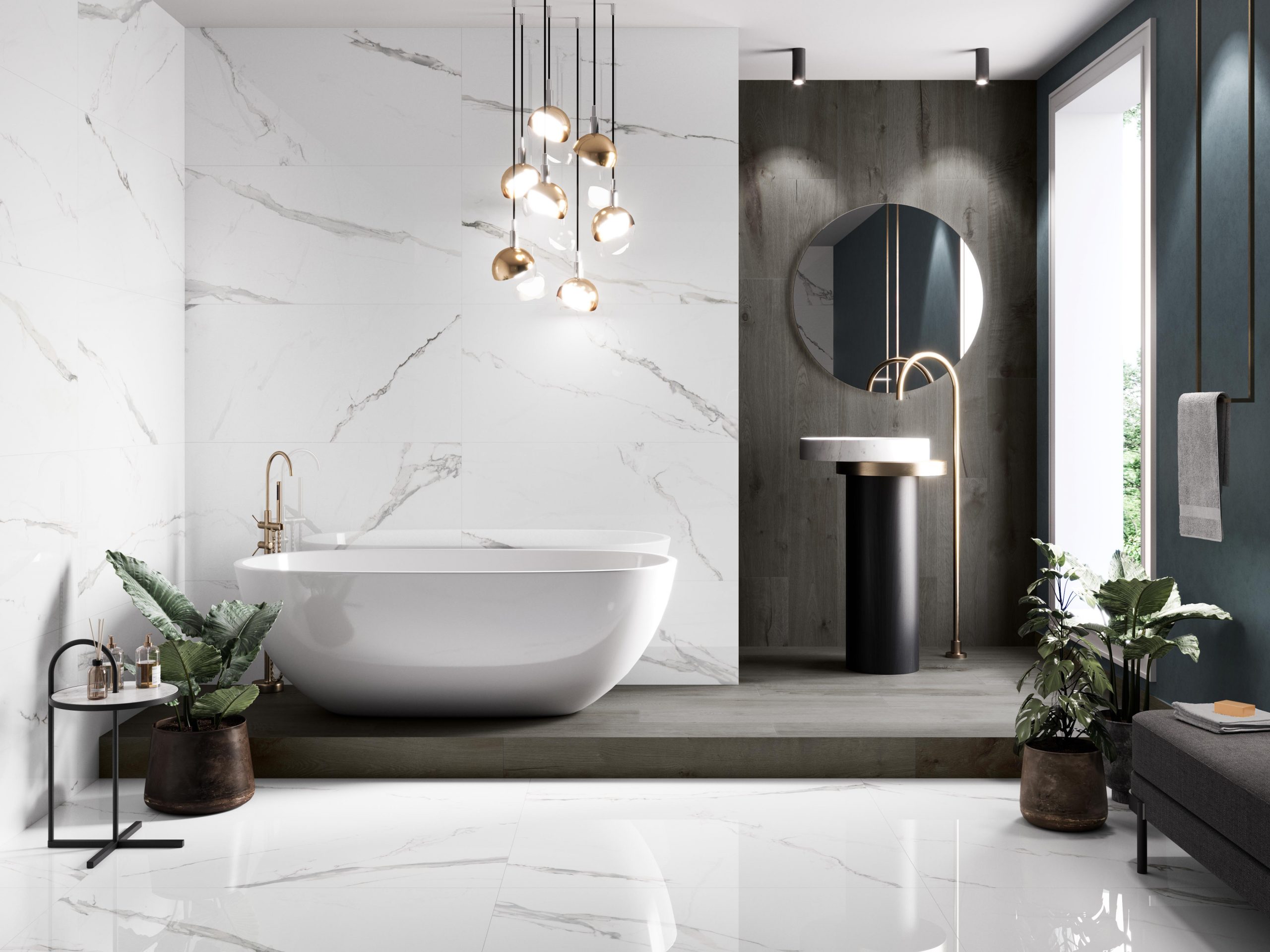
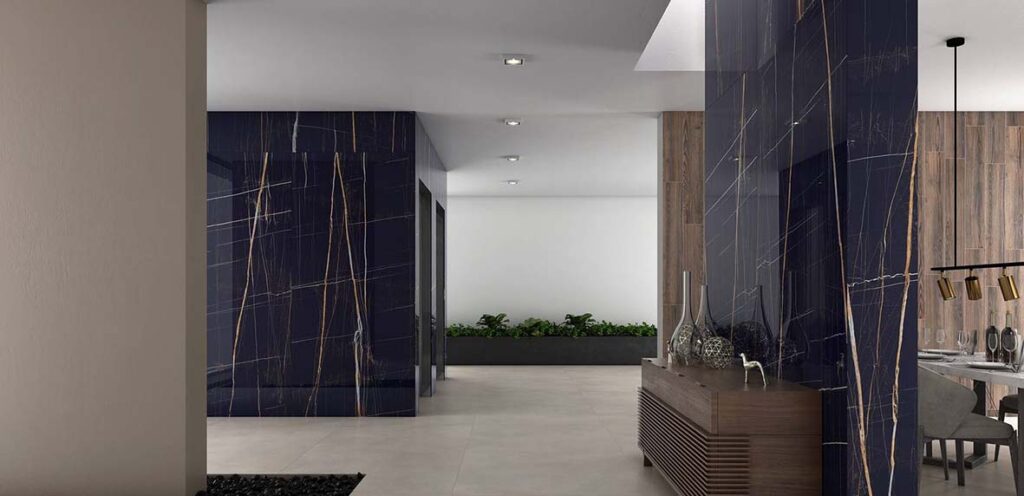
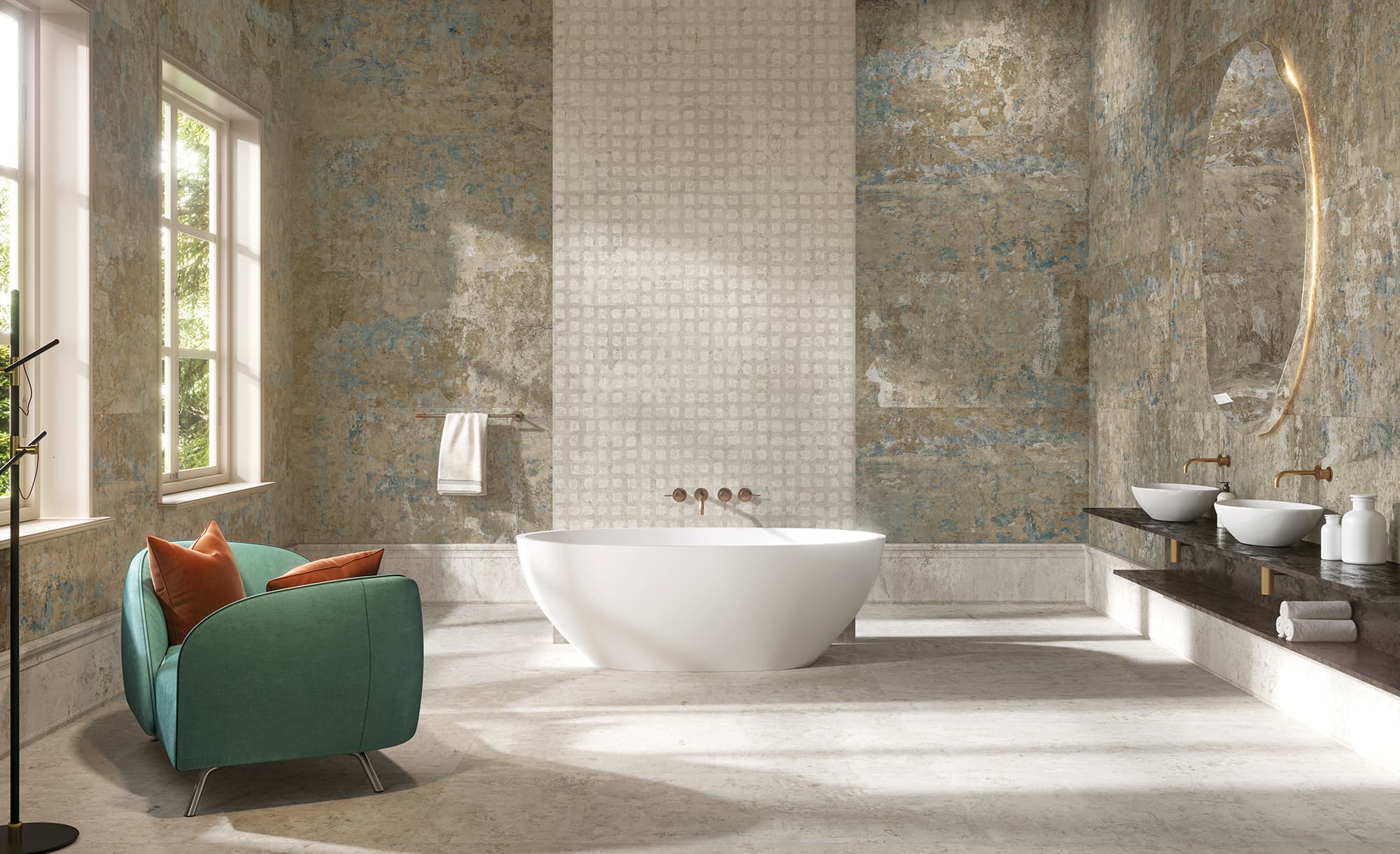
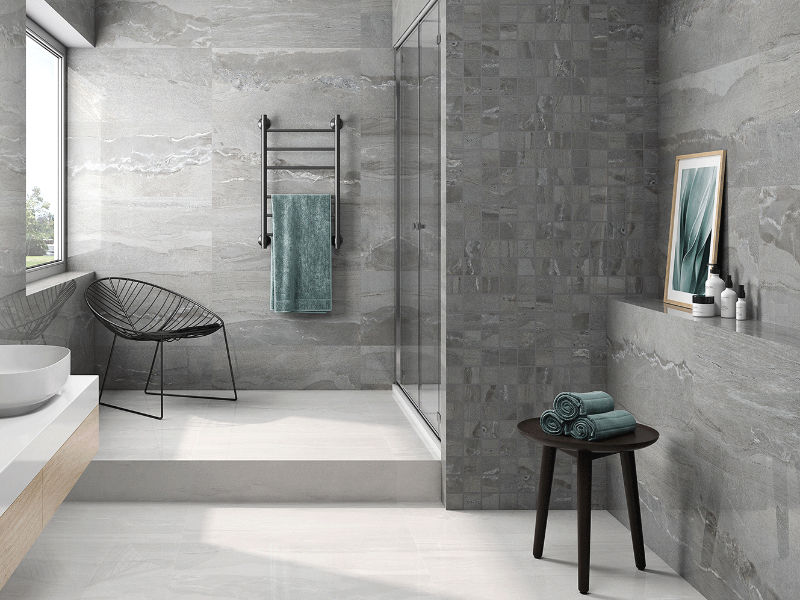
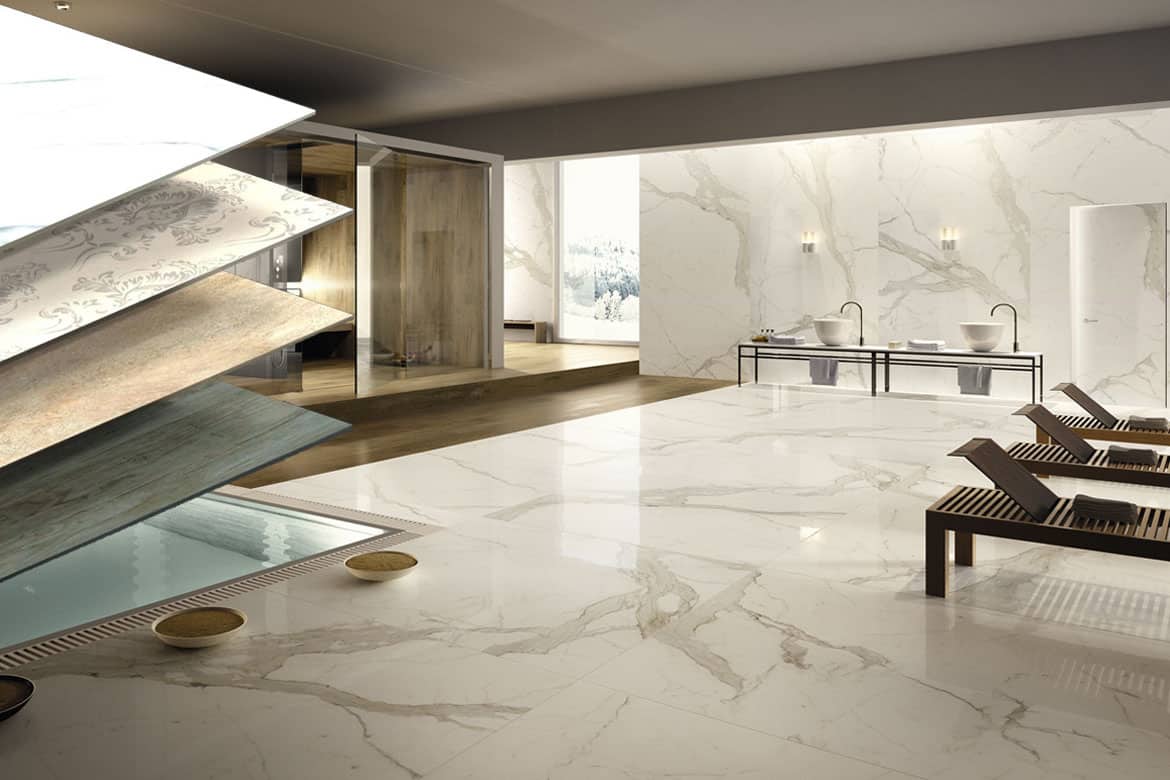
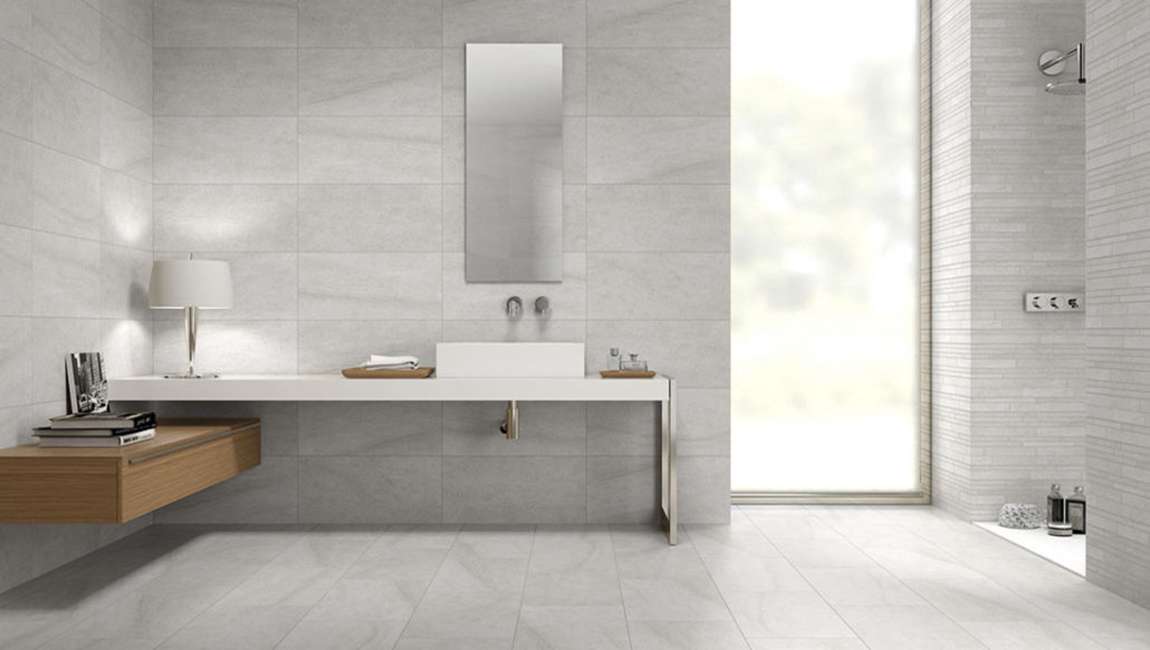
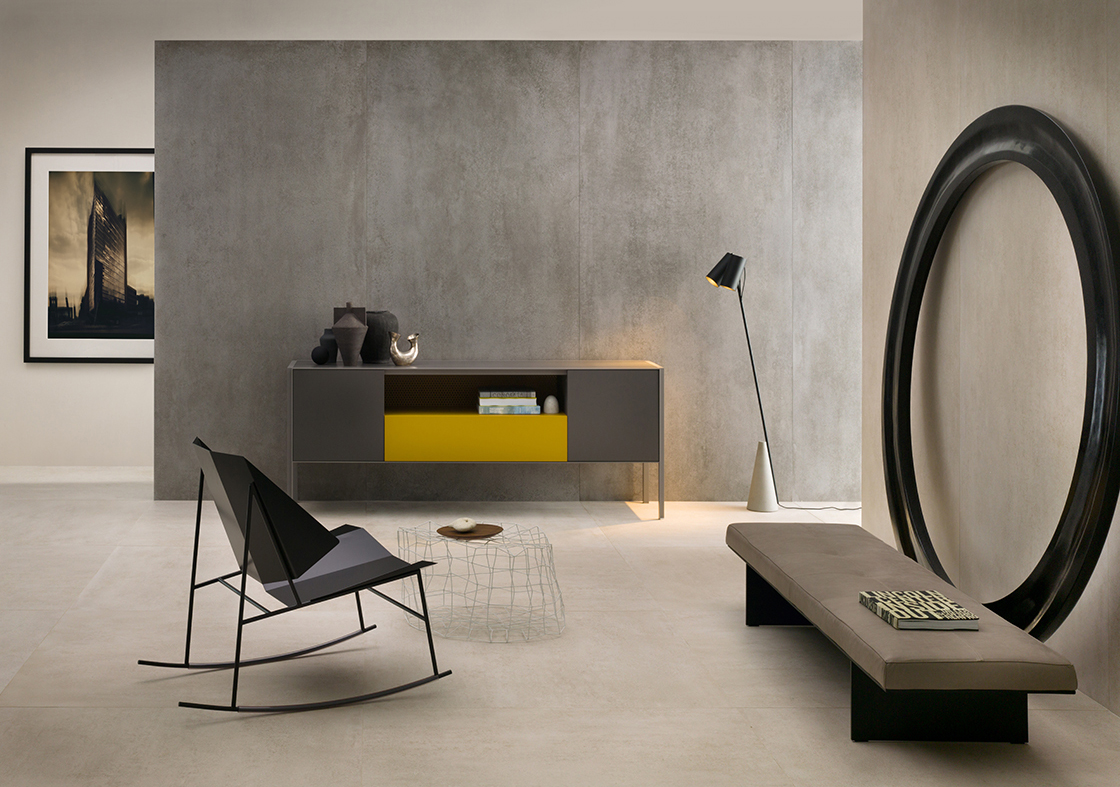
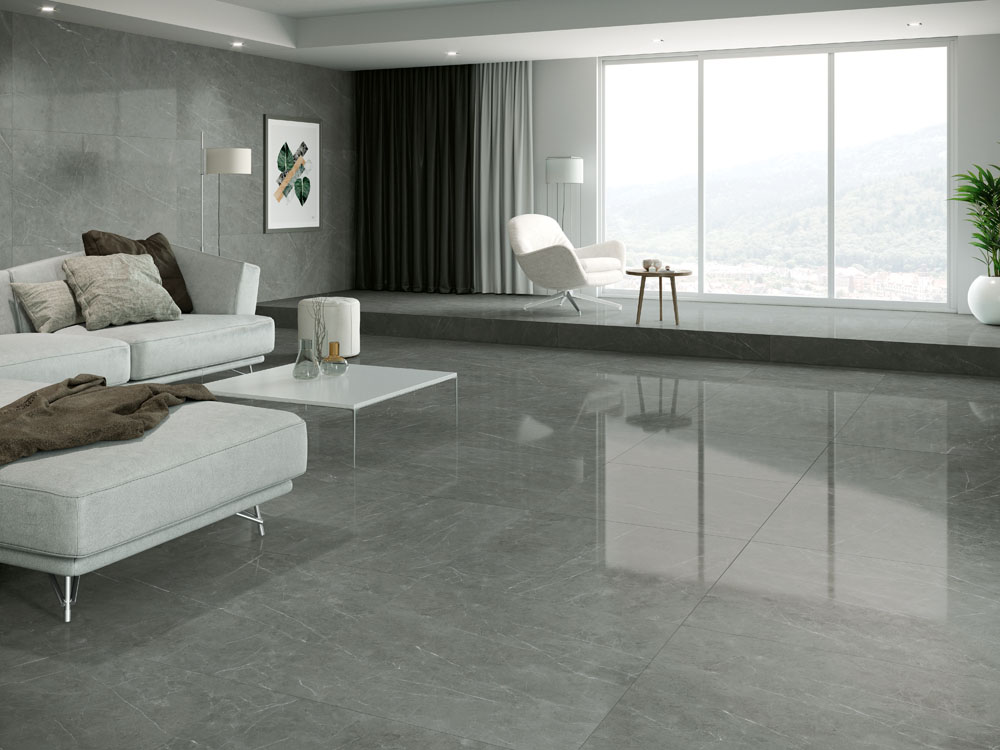


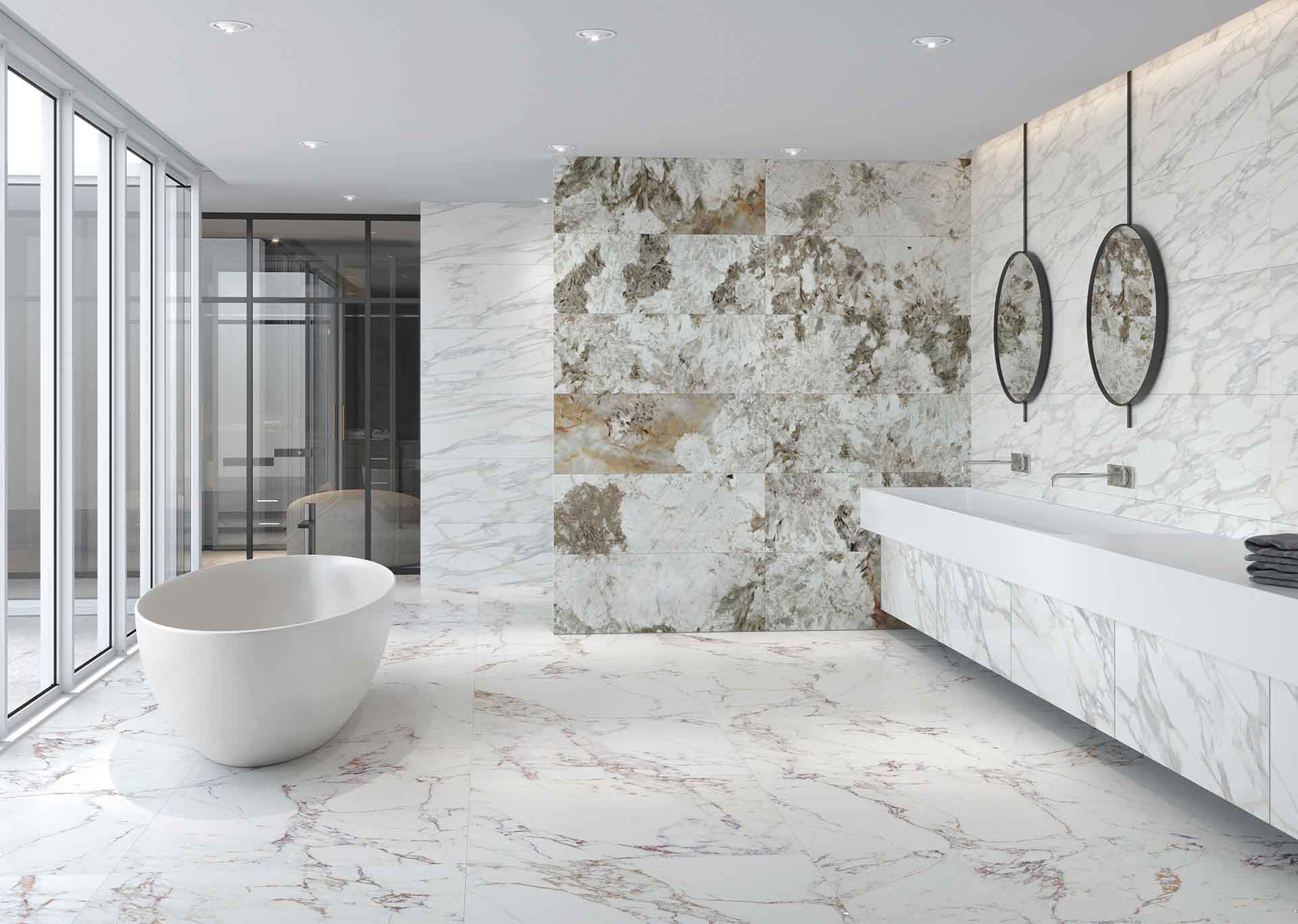
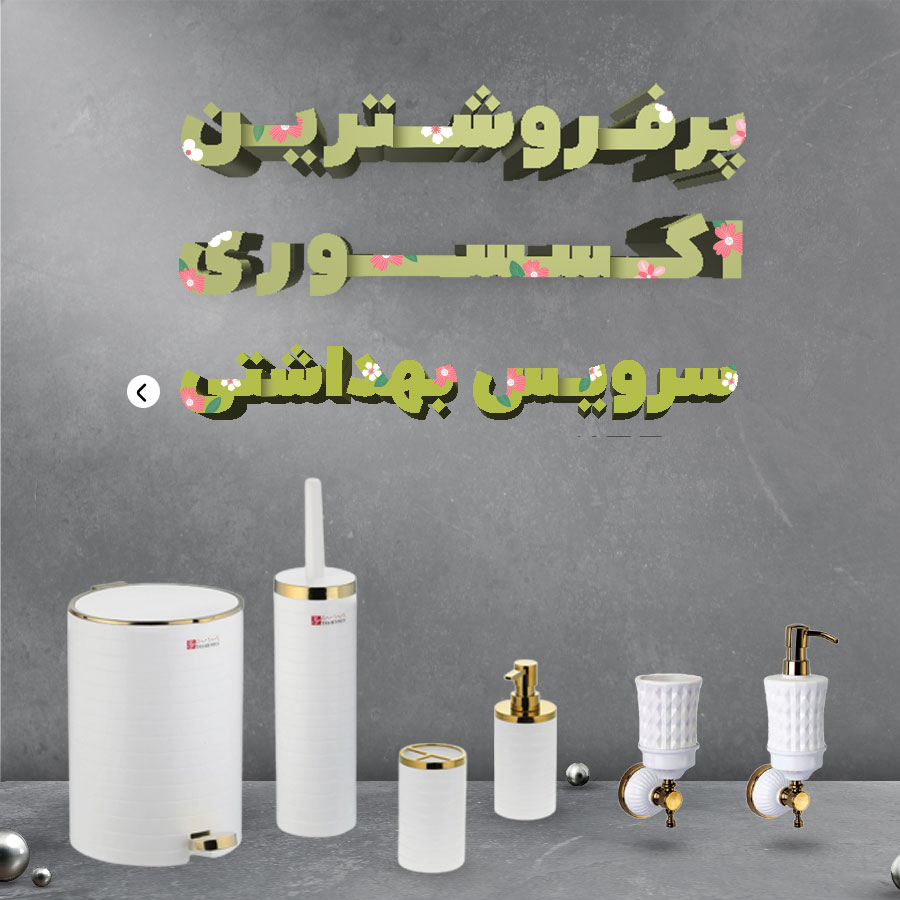

نظرات ۰